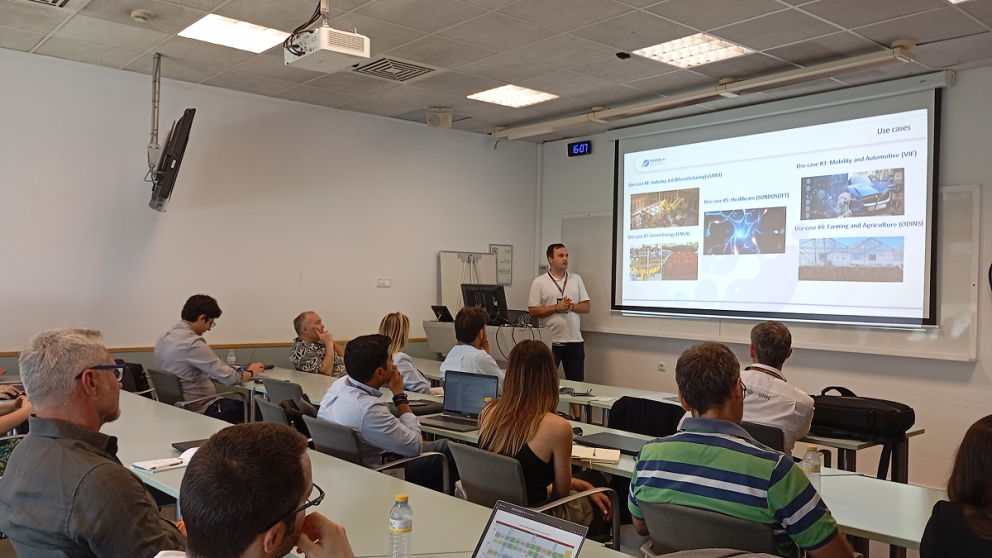"Work Package 5 develops the core engine that is going to orchestrate the resources of the continuum," Dr. Iakovos Michailidis explains. To achieve this, the team needs access to these “iron” resources, which is where Work Package 4 comes in. "Work Package 4 is providing access to the system resources themselves, developing connectors... that will allow Work Package 5 to have access and match them with the needs of the data intensive application." WP4 will abstract resources using semantic interoperability, which involves creating a common language for resources and applications across the cloud continuum. "Semantic interoperability is going to be considered... both for abstracting and representing, modelling the available resources of the system of the cloud continuum," Dr. Michailidis elaborates.
Through this multi-faceted approach, Work Package 5 is not only orchestrating the resources through opportunistic self-managed virtual network nodes of Hyper-AI but also laying the groundwork for a new era of multi-agent optimization across the different abstraction layers for data-driven applications that can seamlessly coordinate diverse technologies and meet the evolving needs of user applications.
Security and privacy are also paramount concerns, addressed by Work Package 6. "All communications and all exchanges between Work Package 5 and Work Package 4 will be...secured by advanced deep federated learning mechanisms" Dr. Michailidis assures.
One of the key innovations of Work Package 5 lies in state estimation. "We are going to build beyond the state-of-the-art deep learning approaches like sequence to sequence or transformers on this matter" Dr. Michailidis reveals. This will allow the system to understand the full state of the complex environment with a reduced set of measurements, optimising this way the communication, processing, storage and energy efficiency.
To keep up to date and for more information on HYPER-AI, follow the project on LinkedIn, Twitter, and YouTube.


